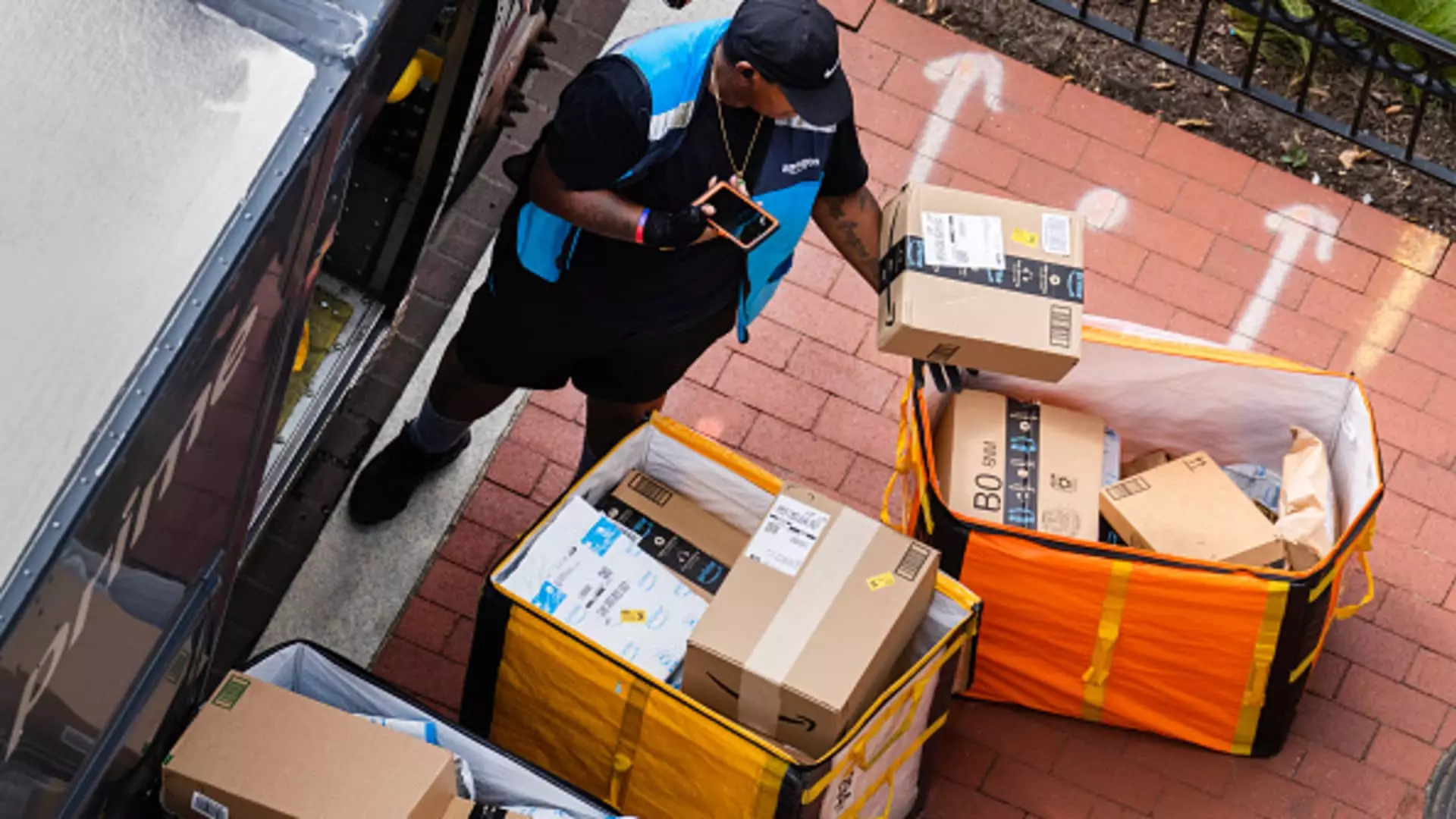When Brandon Fishman ran a discount on his vitamin-infused coffee for Target’s weeklong deals event, he wasn’t worried about how it would affect his business on Amazon. He certainly didn’t expect his sales there to “fall off a cliff.” Fishman was in for a rude surprise. During Target’s sales event this week, Amazon’s automated systems detected his bag of VitaCup coffee was available there for $13.43, about $1.50 cheaper than his listing on Amazon.com. One of Amazon’s key tenets is that it offers “the lowest prices across Earth’s largest selection.” It’s up to Amazon merchants to fulfill that promise, and those who sell their items for a lower price on a competing website risk losing perhaps the most valuable virtual real estate in e-commerce: the buy box.
Even though Fishman is the owner of the VitaCup brand, he said he lost the buy box to a reseller of his coffee products. “I’ve had to purposely lose the buy box all week because of this Target issue, and my sales went way down on Amazon,” said Fishman, who has been selling VitaCup coffee on Amazon since 2017, pulling in roughly $20 million in annual sales on the site. Winning the buy box is paramount to a seller’s success on Amazon. Without it, shoppers can still find a seller’s product, but they have to take the extra step of clicking into a separate window, where all the offers available are listed. Nearly 98% of sales made on Amazon go through the buy box button, the FTC alleged in its suit.
Amazon’s algorithms have attracted scrutiny from lawmakers and regulators who claim the system is anti-competitive. The practice is at the center of a lawsuit filed in September by the Federal Trade Commission that accuses Amazon of using an “anti-discounting strategy” and a “massive web-crawling apparatus that constantly tracks online prices” to stifle competition. Fishman said that after Target launched Circle Week, sales of his Sunwink herbal tonics and powders started plummeting on Amazon because he lost the buy box to resellers. “The only way to get back the Amazon buy box is to lower our price on Amazon,” Arnold said.
In order to counteract the impact of competing sales events, sellers like Fishman and Arnold have had to adjust their pricing strategies on Amazon. Fishman mentioned that he and other sellers in his network took their concerns to Target, and the company then adjusted the Circle Week discounts on some listings to say, “See price in cart,” meaning shoppers would have to add the product to their cart in order to see the price. This change skirted Amazon’s pricing algorithms, allowing sellers to regain control over their listings. Arnold also mentioned that in response to losing the buy box, his company Sunwink had to lower the price of one of its products in order to remain competitive on the platform.
The competitive landscape for Amazon sellers can be challenging, especially when faced with conflicting sales events on other platforms like Target. The use of pricing algorithms by Amazon further complicates the situation, as sellers are forced to continuously monitor and adjust their prices to remain competitive. While Target’s adjustments to how they display discounts may provide temporary relief to sellers, the overall impact on individual businesses can still be significant. As e-commerce continues to evolve, sellers must find creative solutions to navigate through these challenges while still striving to achieve profitability and success in the online marketplace.


Leave a Reply